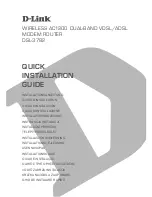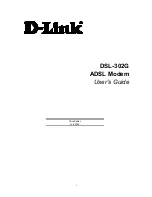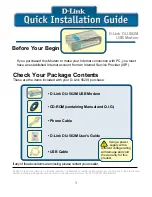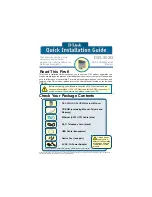
Chapter 6 WiMAX
MAX318M2W User’s Guide
66
Certificate File Formats
The certification authority certificate that you want to import has to be in one of
these file formats:
• Binary X.509: This is an ITU-T recommendation that defines the formats for
X.509 certificates.
• PEM (Base-64) encoded X.509: This Privacy Enhanced Mail format uses
lowercase letters, uppercase letters and numerals to convert a binary X.509
certificate into a printable form.
• Binary PKCS#7: This is a standard that defines the general syntax for data
(including digital signatures) that may be encrypted. The WiMAX Device
currently allows the importation of a PKS#7 file that contains a single
certificate.
• PEM (Base-64) encoded PKCS#7: This Privacy Enhanced Mail (PEM) format uses
64 ASCII characters to convert a binary PKCS#7 certificate into a printable
form.
CINR
Carrier to Interference-plus-Noise Ratio (CINR) measures the effectiveness of a
wireless signal and plays an important role in allowing the WiMAX Device to
decode signal burts. If a burst has a high signal strength and a high interference-
plus-noise ratio, it can use Digital Signal Processing (DSP) to decode it; if the
signal strength is lower, it can switch to an alternate burst profile.
RSSI
Received Signal Strength Indicator (RSSI) measures the relative strength of a
given wireless signal. This is important in determining if a signal is below the
Clear-To-Send (CTS) threshold. If it is below the arbitrarily specified threshold,
then WiMAX Device is free to transmit any data packets.
EAP Authentication
EAP (Extensible Authentication Protocol) is an authentication protocol that runs on
top of the IEEE 802.1x transport mechanism in order to support multiple types of
user authentication. By using EAP to interact with an EAP-compatible RADIUS
server, an access point helps a wireless station and a RADIUS server perform
authentication.
The WiMAX Device supports EAP-TLS and EAP-TTLS (at the time of writing, TTLS is
not available in Windows Vista) . For EAP-TLS authentication type, you must first
have a wired connection to the network and obtain the certificate(s) from a
certificate authority (CA). Certificates (also called digital IDs) can be used to
authenticate users and a CA issues certificates and guarantees the identity of each
certificate owner.
Summary of Contents for MAX318M2W
Page 2: ......
Page 10: ...Contents Overview MAX318M2W User s Guide 10...
Page 16: ...Table of Contents MAX318M2W User s Guide 16...
Page 17: ...17 PART I User s Guide...
Page 18: ...18...
Page 24: ...Chapter 1 Getting Started MAX318M2W User s Guide 24...
Page 57: ...57 PART II Technical Reference...
Page 58: ...58...
Page 62: ...Chapter 5 System Status MAX318M2W User s Guide 62...
Page 84: ...Chapter 6 WiMAX MAX318M2W User s Guide 84...
Page 126: ...Chapter 7 Network Settings MAX318M2W User s Guide 126...
Page 132: ...Chapter 8 Security MAX318M2W User s Guide 132...
Page 226: ...Appendix B Setting Up Your Computer s IP Address MAX318M2W User s Guide 226...
Page 236: ...Appendix C Pop up Windows JavaScript and Java Permissions MAX318M2W User s Guide 236...
Page 280: ...Appendix E Importing Certificates MAX318M2W User s Guide 280...
Page 294: ...Index MAX318M2W User s Guide 294...
















































